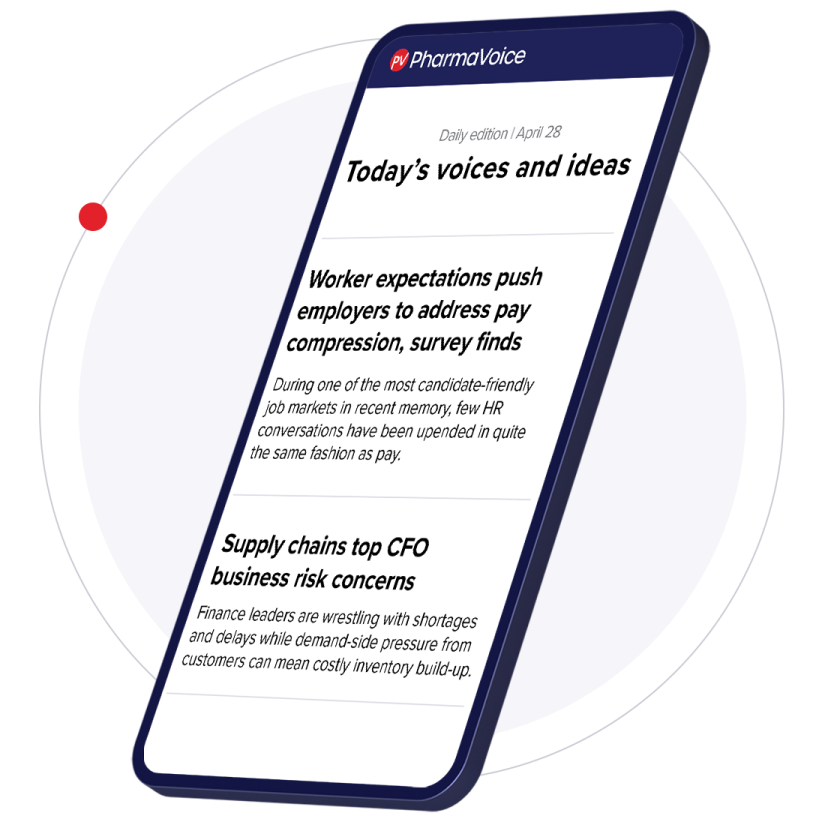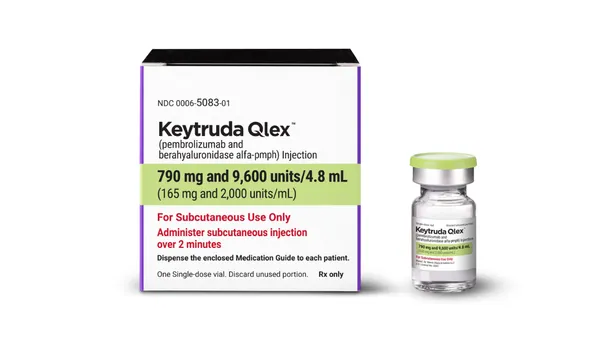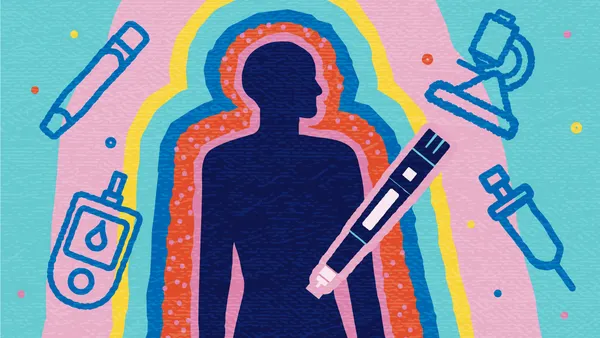DTC Reality Check: The Actual Effects of DTC on the Physician-Patient Interaction Meg Columbia-Walsh, Managing Partner/President, Consumer and e-Business, CommonHealth Brad Davidson, VP, Account Group Director, MBS/Vox, part of CommonHealth Joe Gattuso, President, MBS/Vox, and Director, Strategic Insight and Account Planning, CommonHealth Consumers have become distrustful of mass-market advertising and are looking for answers on their own. In healthcare, patients are bypassing formerly trusted partners such as physicians and pharmaceutical companies and are self-diagnosing through a variety of channels, seeking the best solutions for their healthcare needs. The empowerment of the consumer has created a nation of first-year medical students who are overconfident and underqualified to accurately practice medicine or give verifiable advice. Myth Busters The myth is that DTC advertising has created the schism between patients and traditional sources of medical information, most importantly affecting the physician-patient relationship. Critics of DTC advertising claim that it drives patients to request medications they don’t need, creates pressure on physicians to prescribe medications based on patient requests, and erodes physician-patient communications in general and the risk-vs.-benefit dialogue surrounding prescription medications, specifically. A recent report filed with the FDA, called DTC Advertising’s Influence on Physician-Patient Communication: Results of Observational Linguistic Analysis, challenges many of these assumptions. The study examined 440 actual physician-patient office visits, and the results turn the myths about DTC advertising on their head: BUSTED MYTH NO. 1 — Patient-initiated prescription drug requests are not driven by DTC advertising, and patients rarely ask for any medication, by name or category. BUSTED MYTH NO. 2 — DTC advertising is rarely referenced by patients and never as “I saw/heard this ad and want this prescription drug.” More than half of observed references were made by physicians themselves. BUSTED MYTH NO. 3 — DTC advertising spending does not harm the balance of risk-benefit discussions in observed visits. In fact, statements about risk and benefit are more prevalent in categories with high DTC advertising spending than categories with virtually no DTC advertising. Courting Public Opinion Most of the opinions about DTC advertising have come from secondary reports of what is said to, or could, happen or analyses of DTC ads themselves. What has not been available, until now, are data derived from direct recordings and analysis of actual physician-patient visits. In the past, both supporters and critics of DTC advertising were flying blind. Presently, all concerned can now begin a substantive dialogue about the true impact, and potential, of DTC advertising. Communicators have an opportunity to facilitate the physician-patient dialogue and to begin to restore the trust that has been lost. To achieve this greater connection and to authentically target consumers, marketers must understand consumer needs in healthcare and how consumers respond to promotional messages. Because patients are looking to sources other than physicians for information about conditions and treatments, DTC advertising is perfectly positioned to create a bridge between between physicians’ desired outcomes for their patients and patients’ desires to be treated appropriately, accurately, and with respect. The Time for a New Model While consumers may have tuned out traditional mass-market media, they do pay attention to more targeted marketing approaches. A new model must be created, based on the true nature of patient-physician interactions, taking into account the realities of modern medicine — time pressures, increasingly complex treatment paradigms, and substantial financial pressures. DTC is not the culprit for a deteriorating healthcare dialogue, but in all honesty it also is not currently accomplishing what was originally intended. By perpetuating a call to action — Ask Your Doctor — that does not result in the intended effect, marketers are less efficient than they could be. In effect, DTC advertising works — in measurable increases in prescriptions, awareness of conditions, and office visits — in spite of the fundamental misunderstanding that it works because patients are driving to the office and requesting medications by name, which they are not. There needs to be an examination of what DTC is really doing and the creation of even stronger, more efficient, beneficial ads by targeting their impact on patient and physician behavior and needs. Ultimately, the success of a campaign hinges on whether key consumer influencers support the brand and by fulfilling a need that the consumers have, whether they’re aware of it or not. DTC Advertising The empowerment of the consumer has created a nation of first-year medical students who are overconfident and underqualified to accurately practice medicine or give verifiable advice. CommonHealth, Parsippany, N.J., with a network of 13 best-in-class business units, is among the world’s leading healthcare communications resources and a WPP Group company. For more information, visit commonhealth.com. September 2006 VIEW on Marketing
An article from


DTC Reality Check: The Actual Effects of DTC on the Physician-Patient Interaction
Filed Under:
Commercialization









